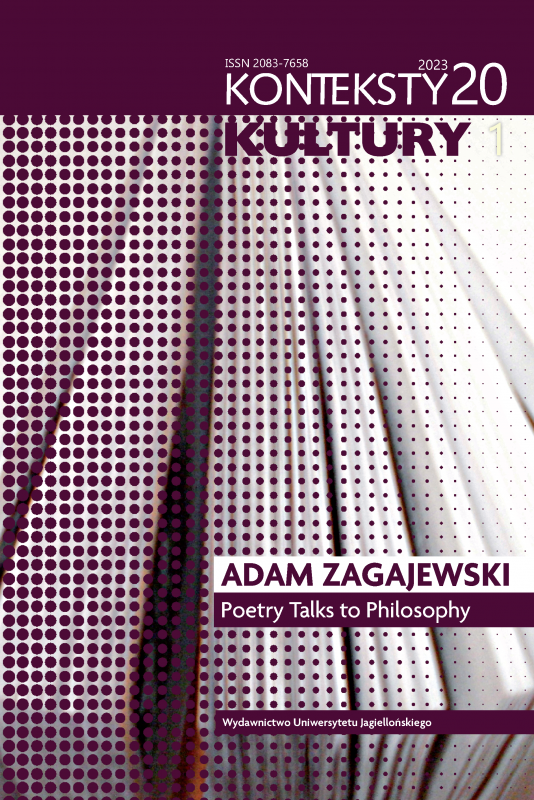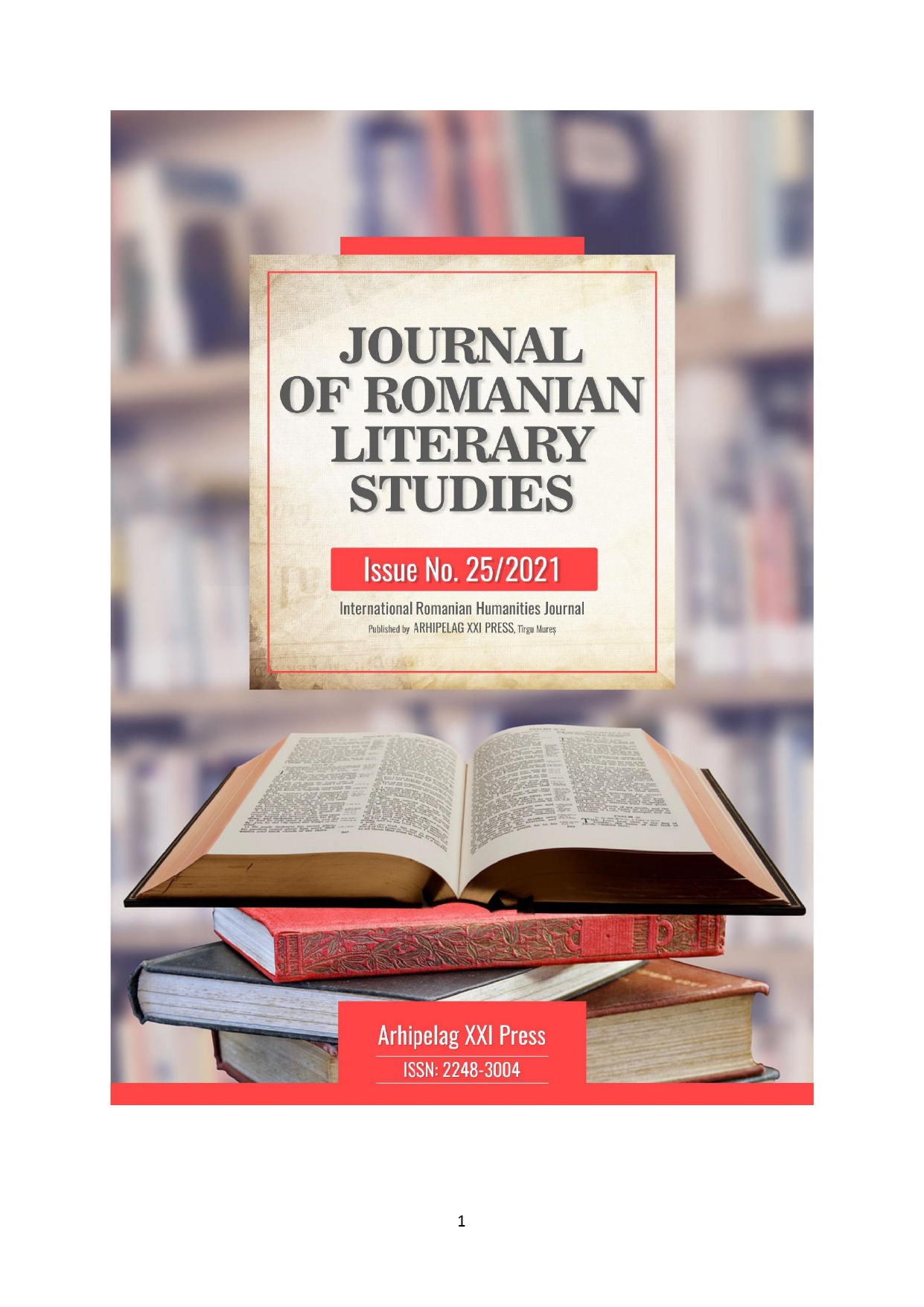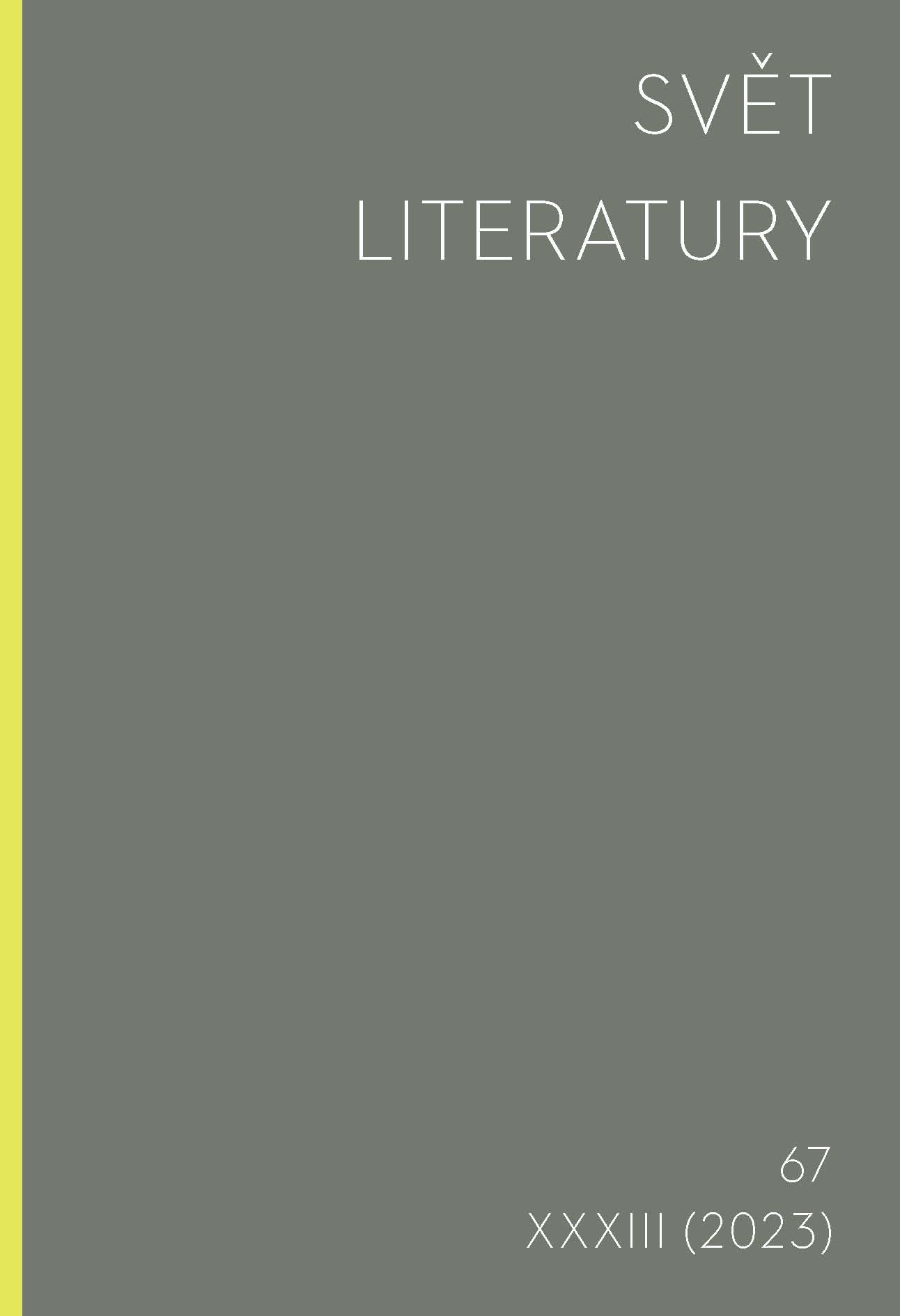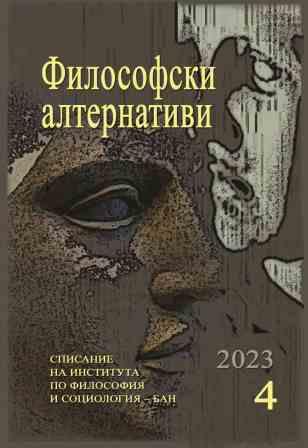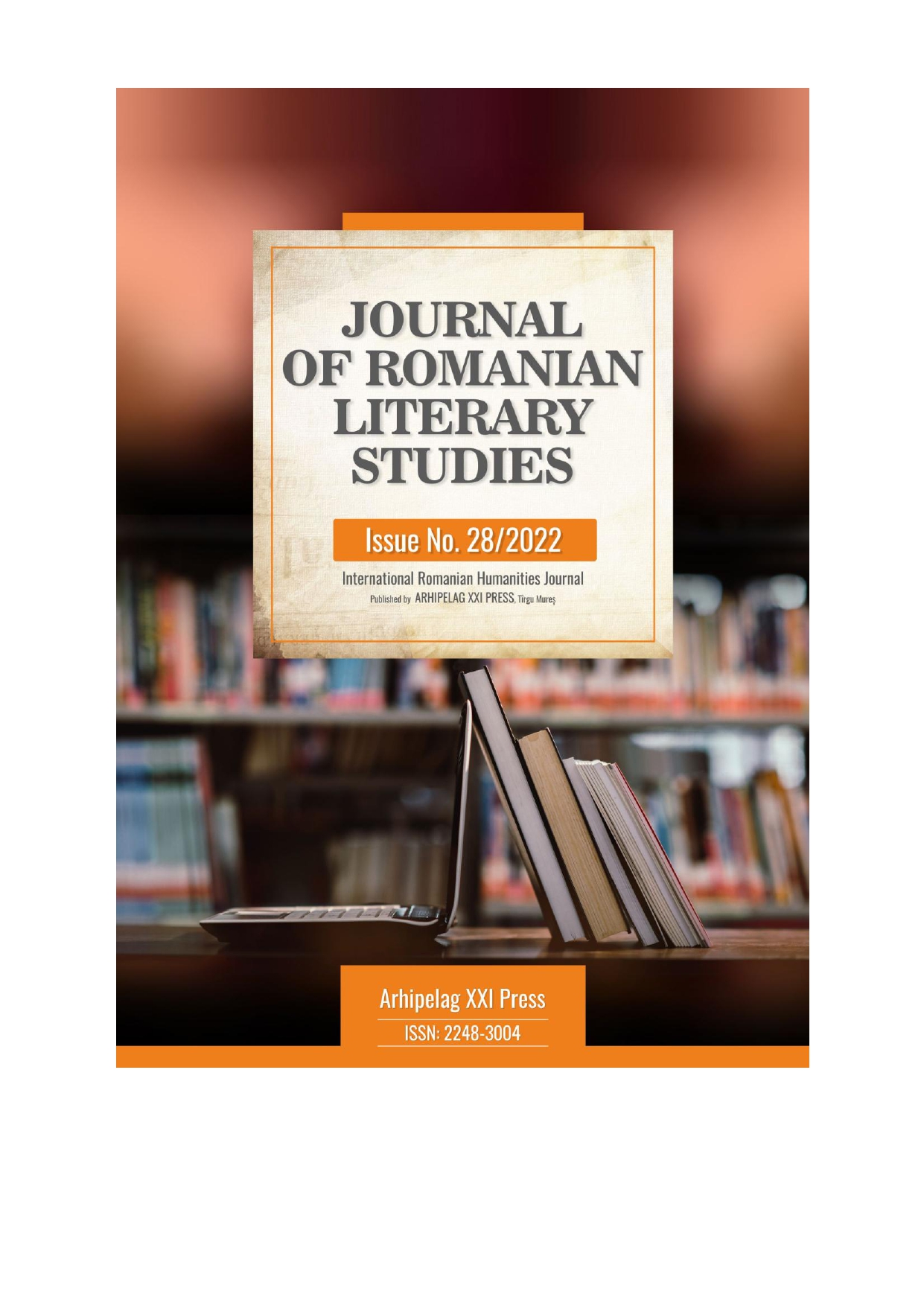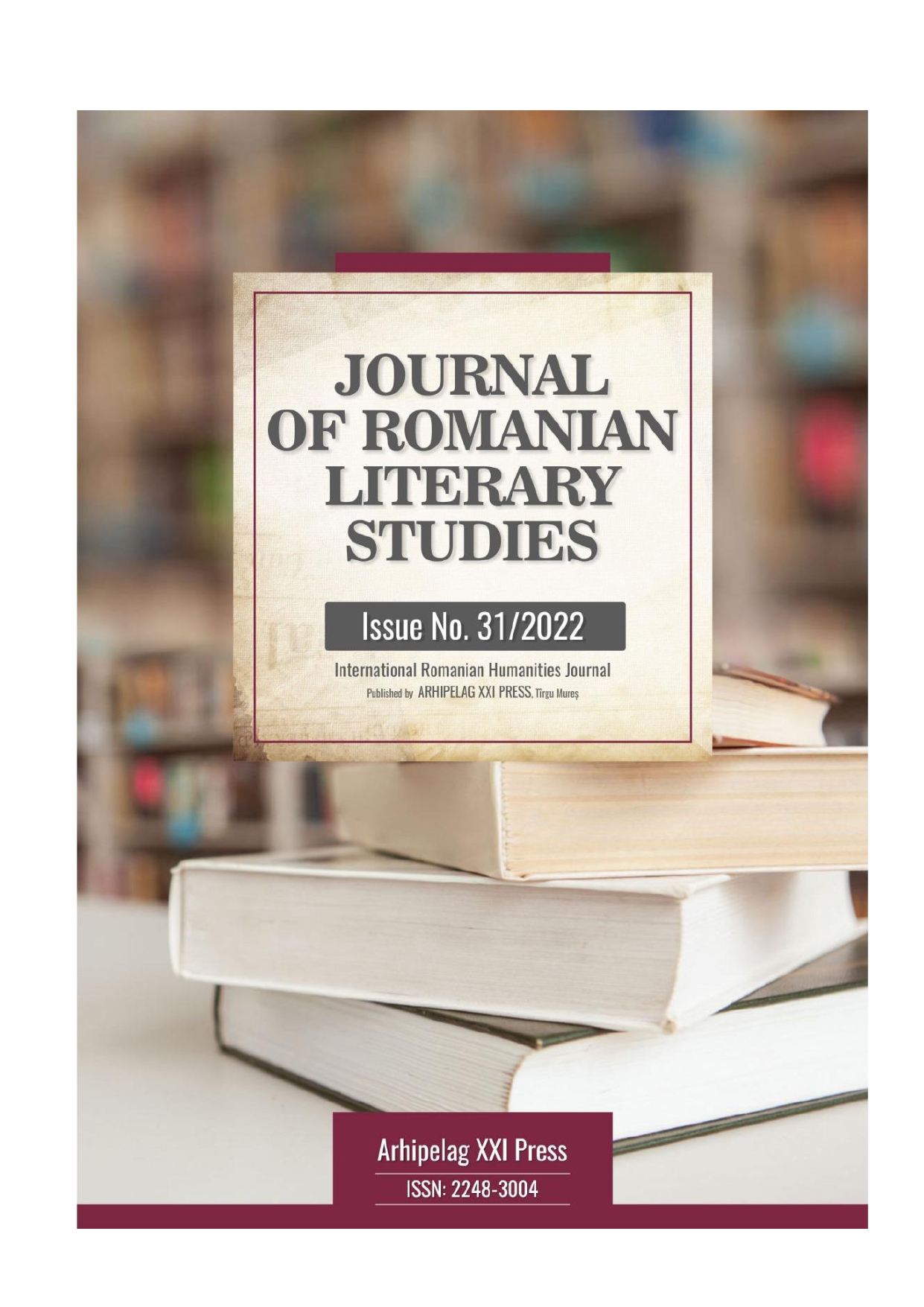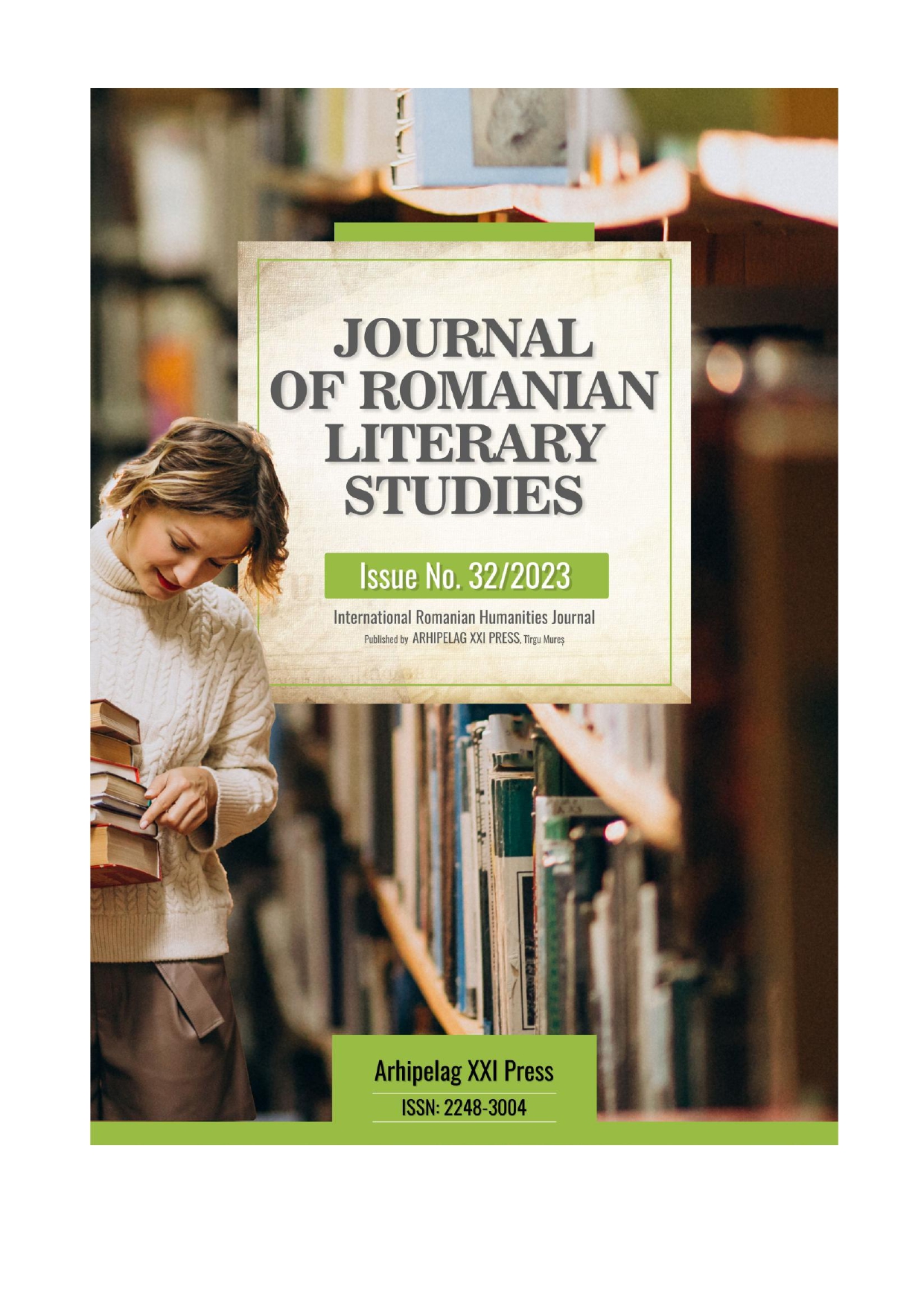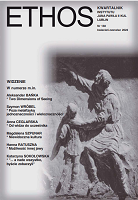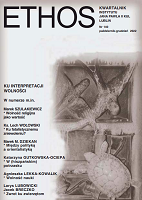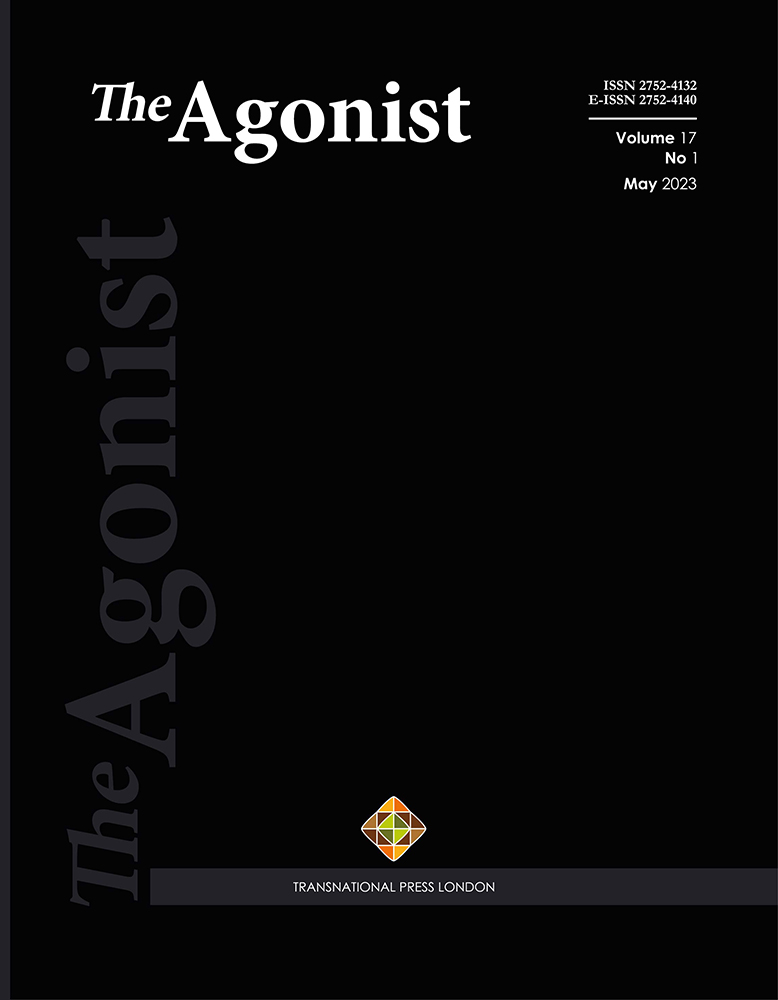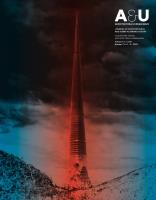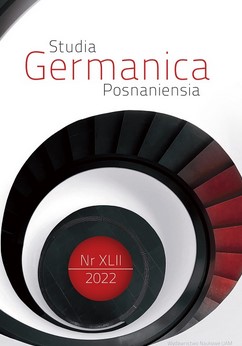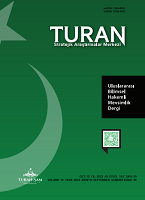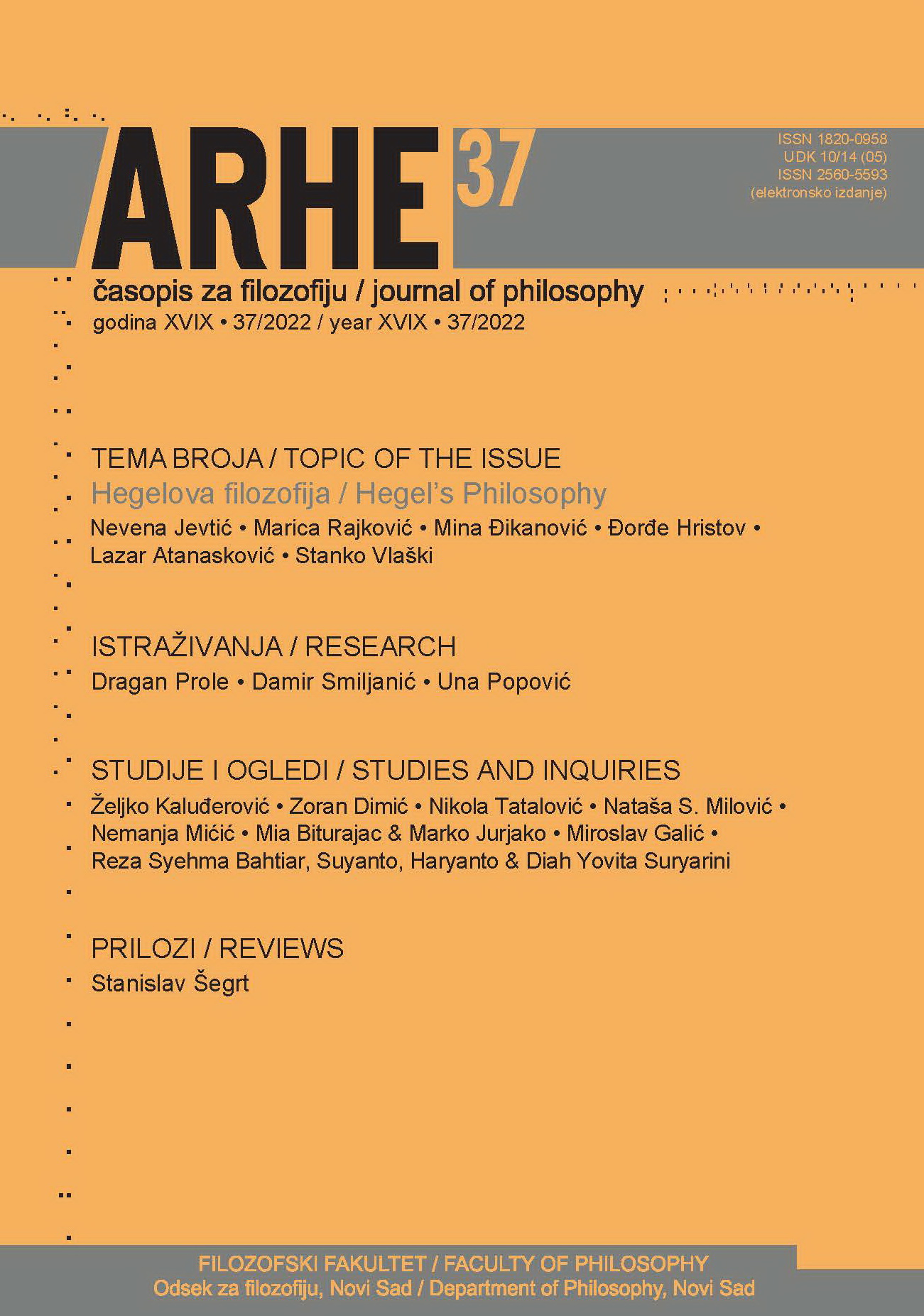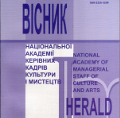
ЕСТЕТИКО-ФІЛОСОФСЬКІ ОСНОВИ ТАНЦЮ КОНТЕМПОРАРІ
The purpose of the article is to reveal the aesthetic and philosophical foundations of contemporary dance. Research methodology is based on the analysis of scientific sources related to the topic, the application of cultural optics in the clarification of the aesthetic and philosophical foundations of contemporary dance. Scientific novelty. The main approaches of the aesthetic-philosophical foundations of contemporary dance are revealed, and emphasis is placed on consideration of physicality as a specific feature of contemporary dance. Conclusions. Contemporary dance can be qualified as an intellectual choreographic direction, a kind of tool for self-awareness and self-reflection of modern culture. Physicality is a specific feature of contemporary dance, which is due to the desire to establish connections with historical and cultural transformations of the attitude to the human body. The formation of the aesthetic and philosophical foundations of contemporary dance is based on the ideas and approaches of the founders of modern dance. A. Duncan, D. Humphrey, R. Laban, M. Cunningham, J. Skinner, T. Brown, S. Paxton, D. Zambrano, and others are among the choreographers who started new philosophical currents. Philosophical understanding of dance by choreographers consisted in advocating the ideas of a holistic approach in determining the conditions for the fullness of human existence and in effective experiments of fusion of Zen Buddhism and dance. The priority of universal human values and the importance of awareness of one's bodily existence were proclaimed, and the life-affirming meaning of aesthetic culture focused on the need for harmonious development of the individual. Contemporary dance techniques are aimed to develop somatic experience and human physicality, contributing to the formation of a body-oriented philosophy of dance.
More...
